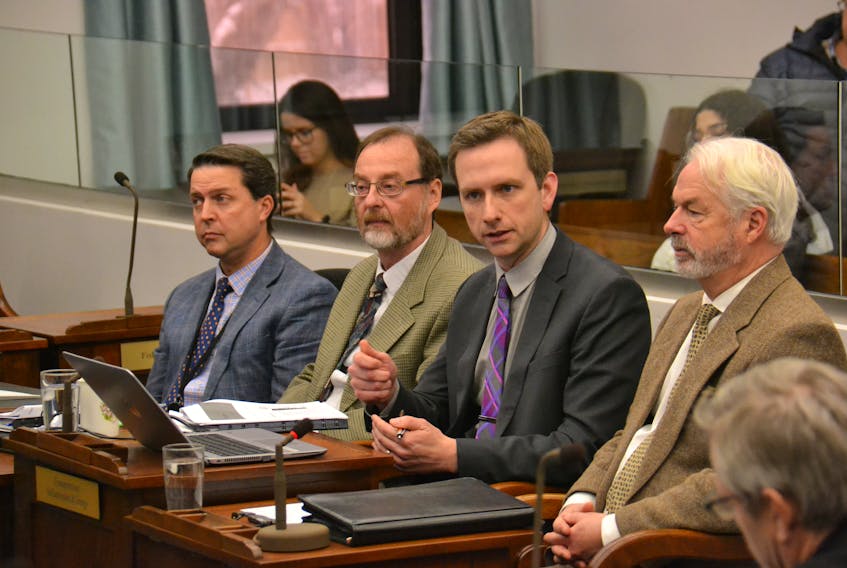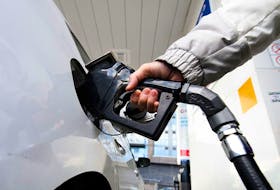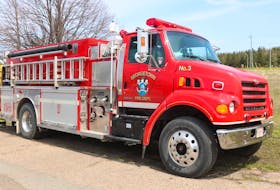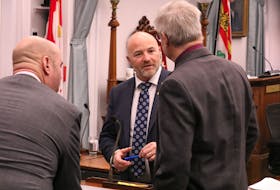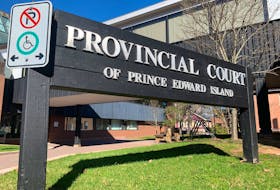CHARLOTTETOWN, P.E.I. — Consultations this fall yielded both united and divided opinions on Water Act regulations governing irrigation wells.
P.E.I. MLAs heard an update on public consultations related to the Water Act regulations during Thursday’s meeting of the standing committee on natural resources and environmental sustainability. The consultations have focused on water withdrawal regulations of the province’s two-year-old Water Act. The Water Act has yet to be enacted.
Brad Colwill, deputy minister of Environment, Water and Climate Change, said 209 people took part in the public consultations over the fall. Almost half attended in-person meetings in October while 106 took part online.
"Some of the topics that are addressed in this are divisive, and there's certainly mixed opinions on it," Colwill said.
A clear majority (77 per cent) of people agreed that high-capacity wells should have a more detailed assessment than low-capacity wells. Similarly, most people (62 per cent) agreed that multiple low-capacity wells that operate together should be considered a high-capacity well.
But when asked whether they agreed with placing a moratorium on new high-capacity wells for agricultural operations while not limiting similar wells for other industries, only 38 per agreed. Fifty per cent disagreed while 12 per cent were neutral.
When asked whether existing high-capacity wells should be grandfathered in through the new regulations, 46 per cent agreed while 36 per cent disagreed. Seventeen per cent were neutral.
The draft regulations would formalize an existing moratorium on new high-capacity wells for agricultural operations. Existing wells can remain. The moratorium does not extend to non-agricultural enterprises.
“Islanders want science and evidence-based research to inform public policy and to protect their drinking water."
The regulations also established a regime of groundwater and water withdrawal permits for high-capacity wells. High-capacity wells are defined as wells that withdraw over 350 cubic metres of water per day, while low-capacity wells are defined as withdrawing between 25 and 350 cubic metres per day.
Despite the different opinions expressed, a media statement released Thursday stated the consultations gave “clear direction".
“Islanders want science and evidence-based research to inform public policy and to protect their drinking water,” read the first line of the statement.
The regulations governing water withdrawal were completed prior to the last election but were not publicly released by the previous Liberal minister, Richard Brown. The regulations have generated significant public interest. High capacity wells have been used by large agricultural operations to irrigate farming fields.
Regulations governing well construction, water supply and wastewater treatment were released publicly under the previous government.
Despite the public focus on agricultural use, irrigation accounted for only two per cent of the Island’s groundwater use. Data presented by department staff showed residential uses accounted for 46 per cent of use, while industry accounted for 36 per cent. Geothermal power accounted for 10 per cent, while livestock accounted for 6 per cent, triple that of agricultural irrigation.
Bruce Raymond, manager of air and water monitoring with the department of environment, noted only 35 per cent of P.E.I.’s total groundwater recharge is actually available for use, while 65 per cent is reserved for the environment.
"We are taking much less than the amount of water that is going in, which places us in an extremely good position in terms of sustainability," Raymond said.

